
Ian Fleming conjured his fictional MI6 agent 007 based upon his personal experiences as a spy during WW2. The name James Bond was pirated from that of an obscure ornithologist of the day. Fleming wanted his secret agent to have a name that was both pedestrian and unremarkable.
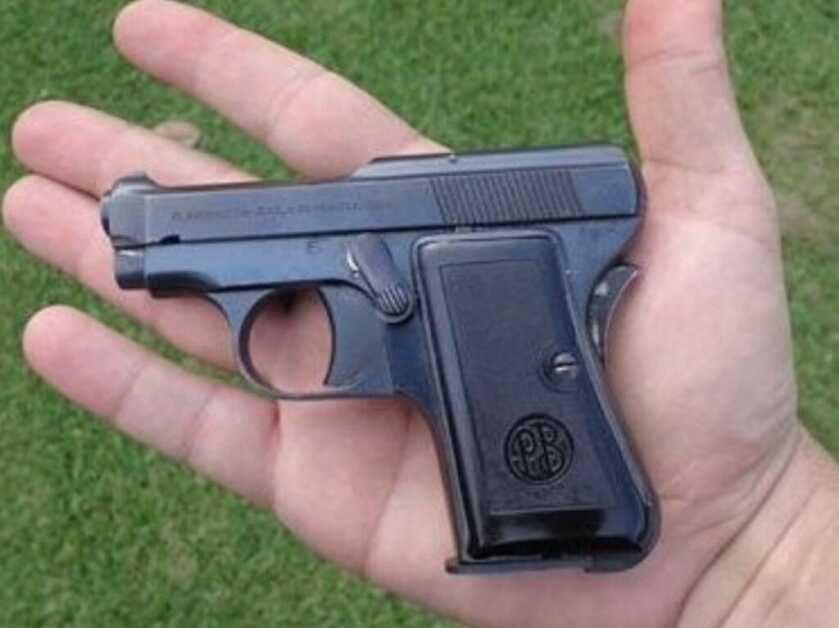
Bond originally carried a .25ACP Beretta 418. According to the novels he kept the weapon “skeletonized” with the grips removed. This seems like a great way to accumulate pocket lint to me. Additionally, the .25ACP is hardly a proven man-stopper. Apparently, I’m not the only guy in the world to draw that conclusion.

A British firearms enthusiast named Geoffrey Boothroyd wrote Fleming and gently explained that he felt that the Beretta 418 was really more of a lady’s gun. A friendship ensued, and, with Boothroyd’s guidance, Fleming swapped out the 418 for the iconic Walther PPK. In From Russia with Love, 007 attempts to draw his suppressed 418 only to have it catch on the waistband of his trousers and nearly get him killed. That served as an impetus to justify the change.
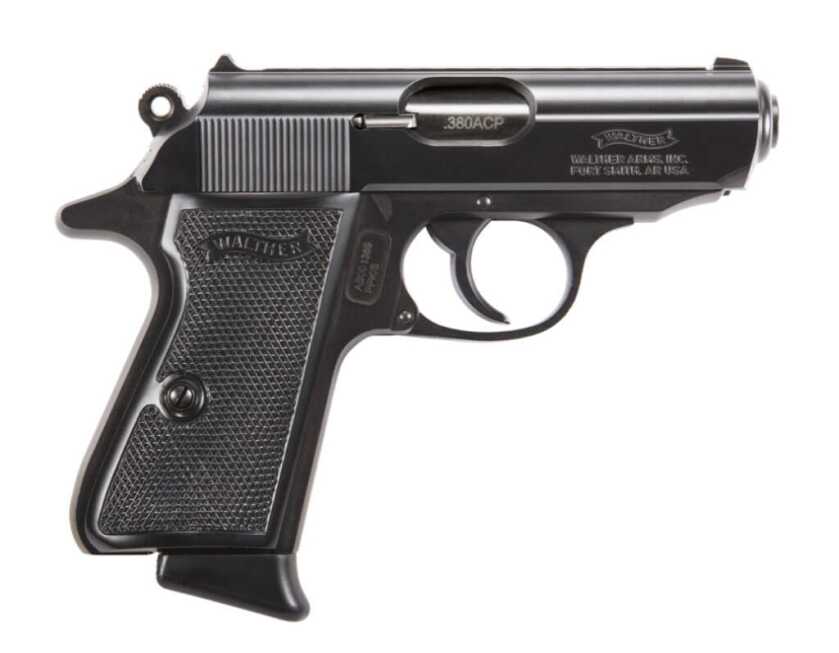
Fleming later described the PPK as “hitting like a brick through a plate glass widow.” Oddly, that’s not been my experience with the .32ACP round. That literary construct clearly involved a spot of poetic license.
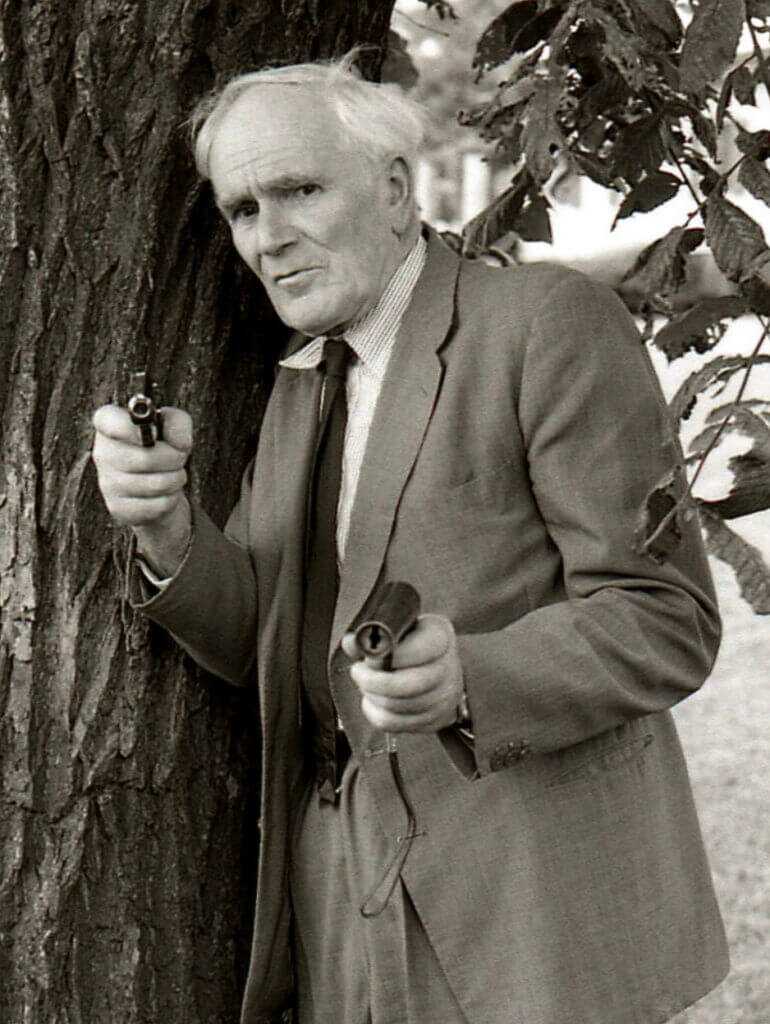
In appreciation of the technical assistance, Fleming wrote Boothroyd into the narrative as Bond’s armorer. In the films his character was rolled into Bond’s longsuffering quartermaster Q. According to the backstory, Q’s given name is Geoffrey Boothroyd. By the early 1960s, the American version of Q was hard at work in Southeast Asia conjuring up special ops gear in the real world.
Gadgets Galore

There are few more equipment-intensive human undertakings than deep penetration special operations missions. Spaceflight or deep-sea diving, perhaps, but most other pursuits pale in comparison. A major modern gear manufacturer had its genesis when a Navy SEAL had a piece of kit fail while traversing a minefield in Iraq. That guy swore if he survived he’d go home and do it better.

During the Vietnam War modern special operations were just finding their legs. There was certainly no shortage of audacity and bravery in WW2 and Korea. It was simply that those awesome old guys in the OSS, Rangers, and Airborne had to write their own manuals. When MACV-SOG (Military Assistance Command, Vietnam—Studies and Observations Group) stood up in January of 1964 the need for specialized weapons and equipment became acute.
Art Imitates Life

Conrad “Ben” Baker was part of General Douglas MacArthur’s headquarters staff during WW2. A savant at navigating and energizing the military procurement system, Baker served in the Pacific supporting the Engineers. By 1963 he was stationed in Okinawa alongside Special Forces Captain David Watts as part of the Counterinsurgency Support Office (CISO). Baker served as Deputy Director of CISO from 1963 until 1972. He drove procurement for special operations forces in theater throughout the Vietnam War.
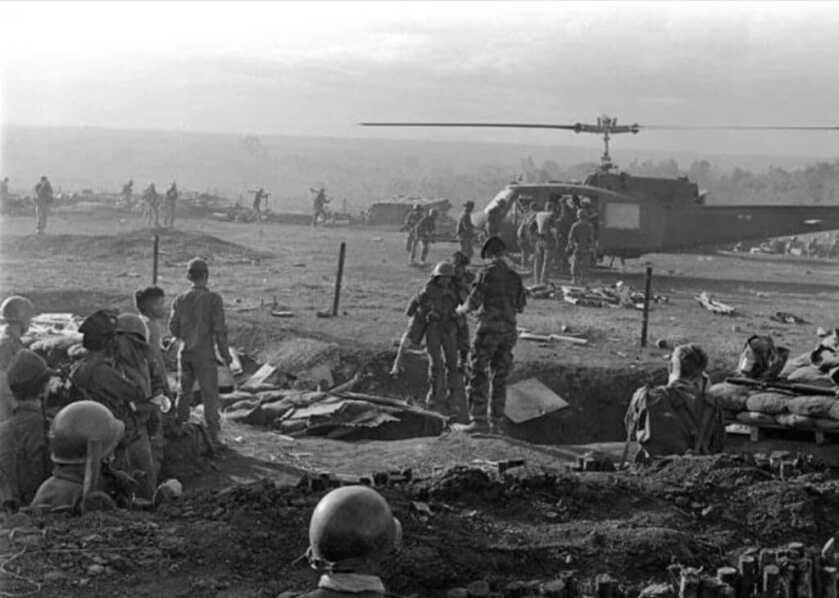
Ben Baker was technically a REMF. If you aren’t familiar with that term then Google is your buddy. However, in contrast to many comfortable rear-area support pogues, Baker took his job very, very seriously. He made more than 80 excursions downrange to forward base camps deep in the suck to find out straight from the users just what they needed to accomplish their dangerous unconventional missions. Along the way, he laid the foundation for modern practical military procurement.
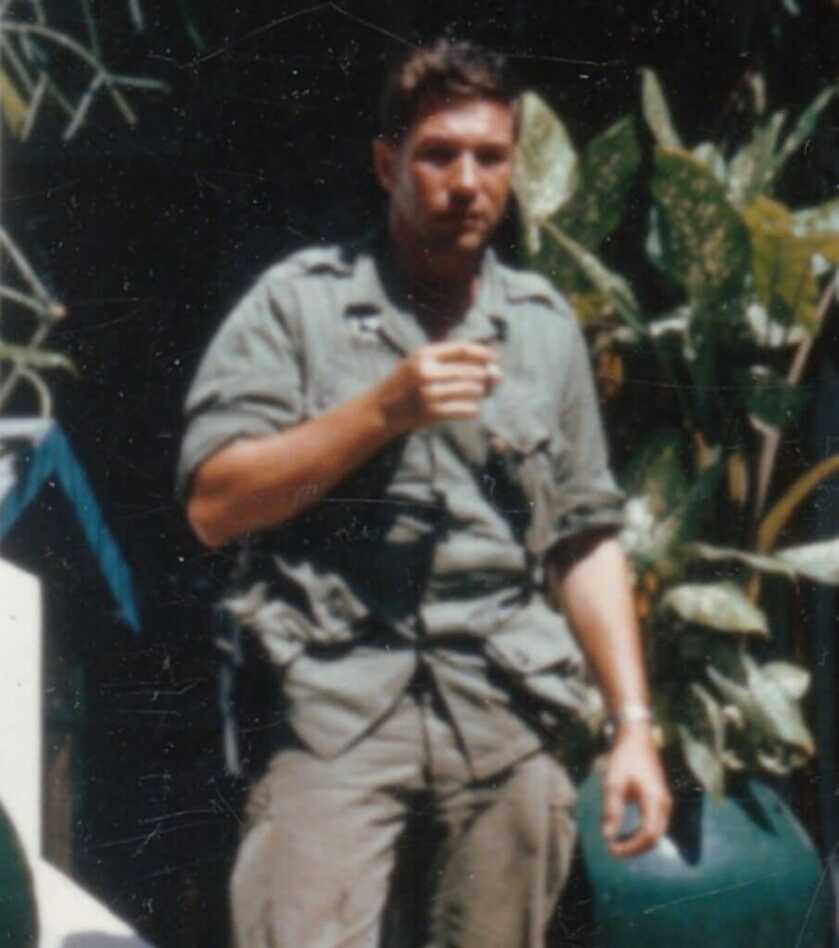
The key to Baker’s effectiveness was his willingness and enthusiasm to accomplish the mission independent of military bureaucracy. By living and working near the front Baker could remain responsive. Unfettered from the cumbersome Army procurement system, he just did whatever it took to get the gear his guys needed. In his own words, “We had no ‘must buy American’ mandates. Our job was to get the best supplies needed for our troops, plain and simple.”

By sourcing gear in places like Australia, Japan, and Thailand, Baker got the stuff the special ops guys needed into their hands when and where they needed it. A few examples included Seiko watches, custom gloves, machetes, ammunition pouches fitted to support the specialized weapons used by SOG operators, jungle sleeping bags, ponchos and liners, replicas of enemy equipment and uniform items, and rucksacks that were appropriately scaled for small-statured indigenous troops.
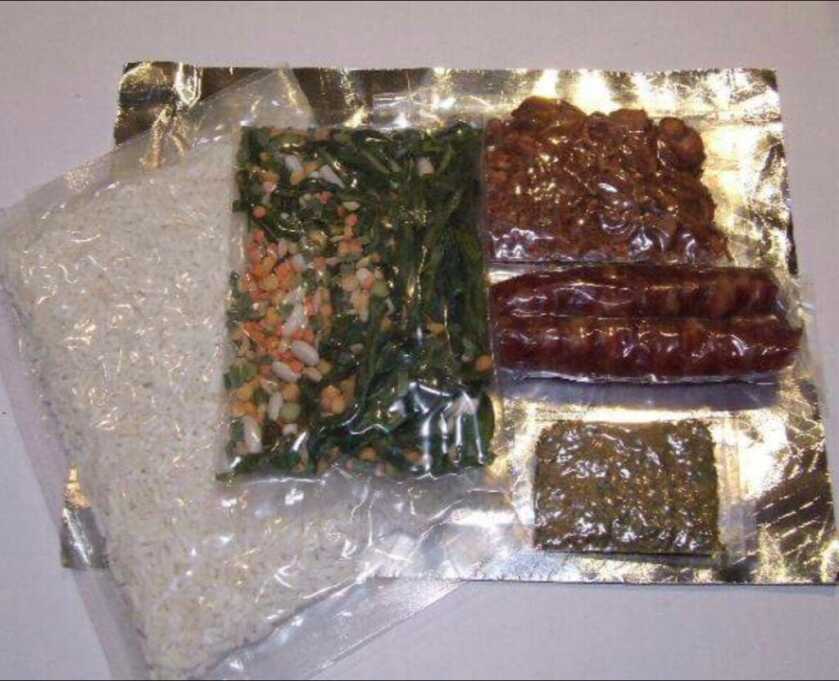
Baker’s best-known creation was the SOG knife. We’ll explore that in detail in a moment. However, what really had the most profound impact was likely his PIR indigenous rations.
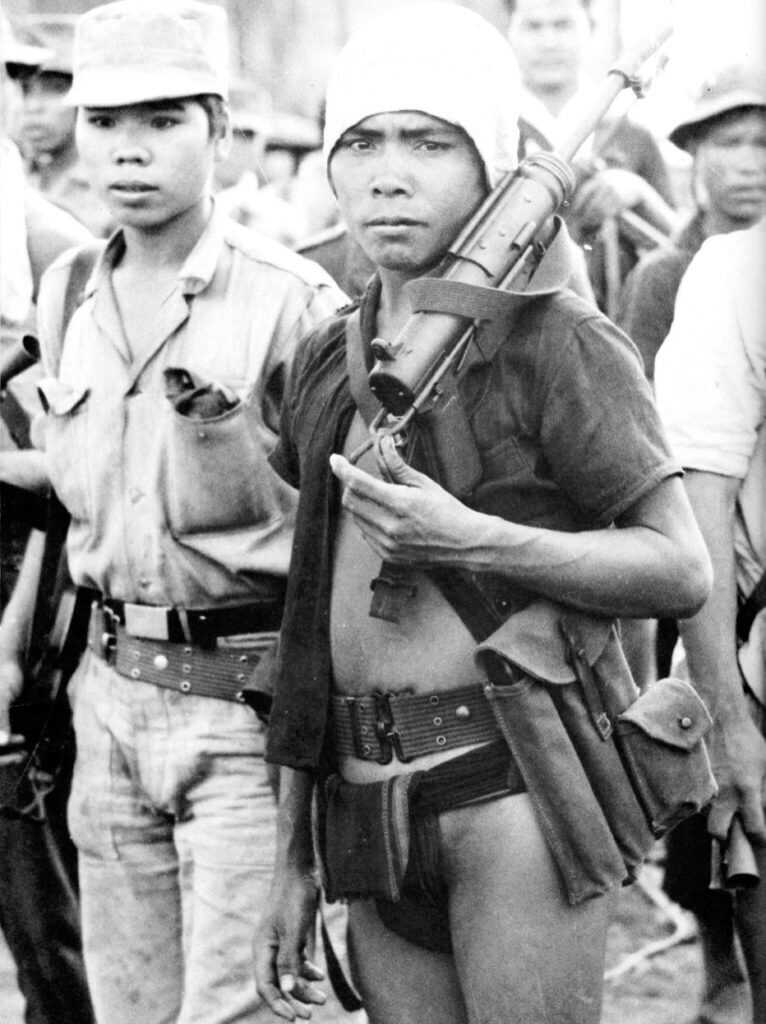
Native Montagnards were raised on a totally different diet from that of their American advisors. As a result, eating American combat rations typically caused intestinal discomfort and often outright diarrhea. In a combat zone, this was a really big deal.
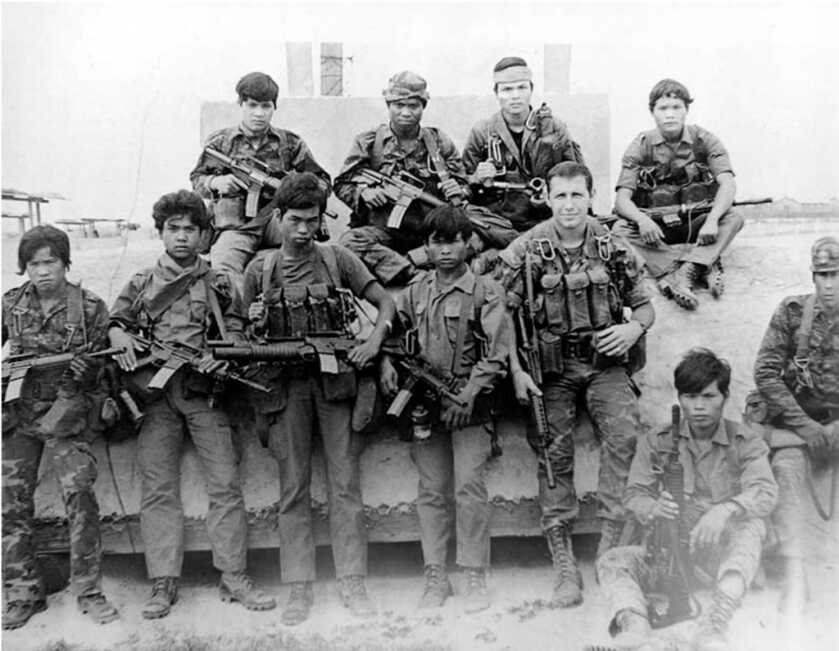
Baker consulted nutrition specialists in-country in both Laos and Vietnam to determine the sorts of foods that would be amenable to long-term storage and use by indigenous troops. The end result was pouches of pre-cooked rice fortified with Vitamin B. Baker sourced the rice from Taiwan and included seasonings derived from mutton, fish, beef, and squid. When Baker approached the US Navy food research lab with the problem he was told it would take between 2 and 3 years to develop the rations and packaging required to get this food into the field.

Ben Baker wasn’t satisfied with that answer. He took the problem to private industry outside the military procurement system. He sourced his first 30,000 meals for a dollar apiece. By the end of the war, CISO had deployed 66 million PIR rations.
Ben’s Blade

Combat troops of all stripes need a good knife. Special operators can live or die by such steel. As the Vietnam War was ramping up SOG men clearly needed something other than the GI-issue bayonet. Ben Baker used his dad’s Marble Gladstone hunting knife as a template.

Those first SOG knives took inspiration from the classic American Bowie. This field-proven design was renowned for its strength and effectiveness. Baker contracted for the first 1,300 SOG knives from the Japanese trading company Yogi Shokai in Okinawa for $9.85 each. As you might imagine, original copies go for a bit more than that these days.
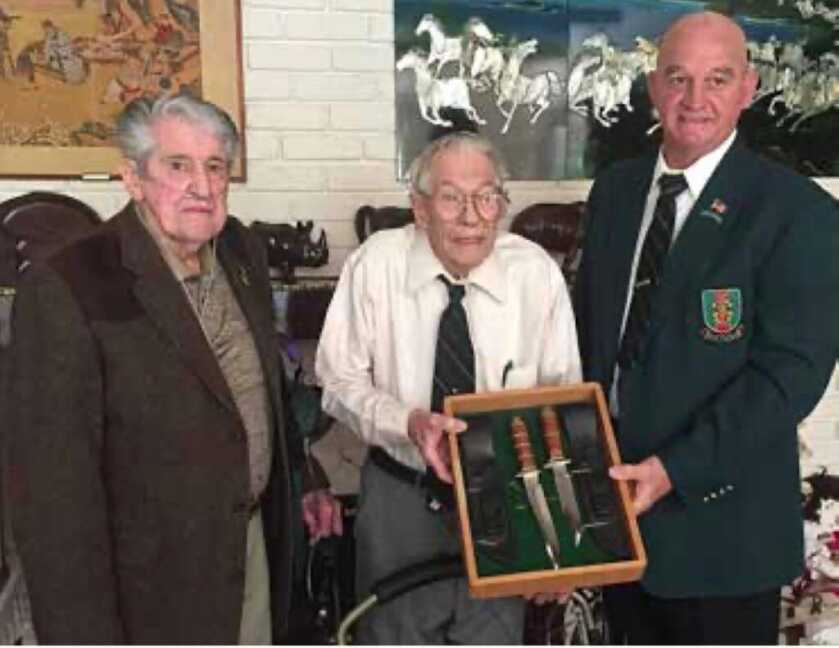
Before the war wound down Baker had designed both 6 and 7-inch combat knives for the SOG teams. He designed a prototype dive knife as well, but very few of them were made. The basic SOG knife remains popular around the world among soldiers and woodsmen even today.
Q’s Weapon
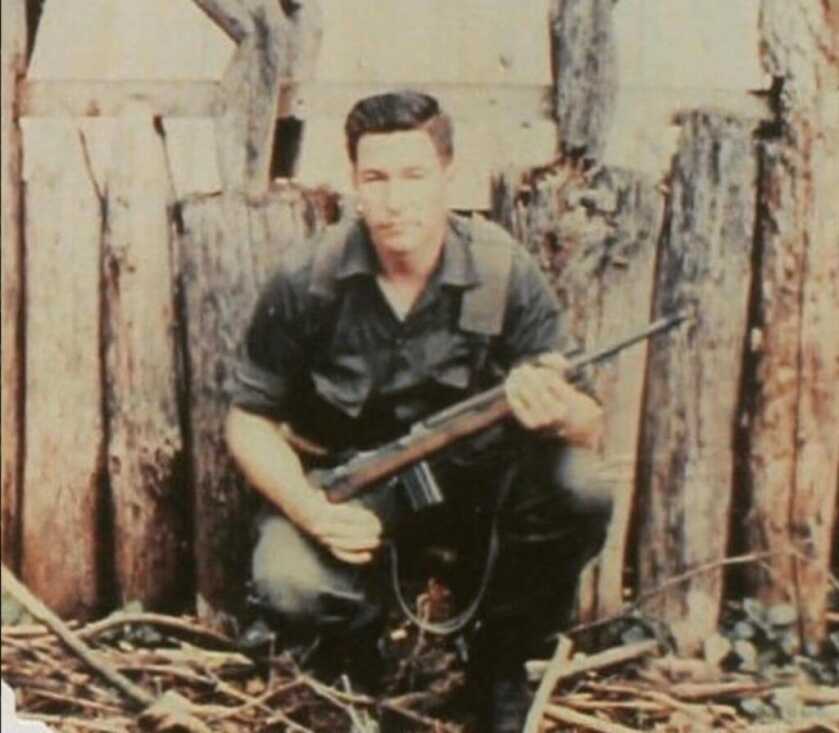

During his many forays downrange Ben Baker typically carried a selective-fire M2 carbine mounted in an M1A1 side-folding paratrooper stock. This compact weapon was easy to carry, particularly in and out of helicopters. When fitted with a 30-round magazine the rifle actually offered more on-tap firepower than the early M16 variants sporting their 20-round boxes. The M1A1 was a specialized adaptation of the then-revolutionary WW2-vintage M1 Carbine.
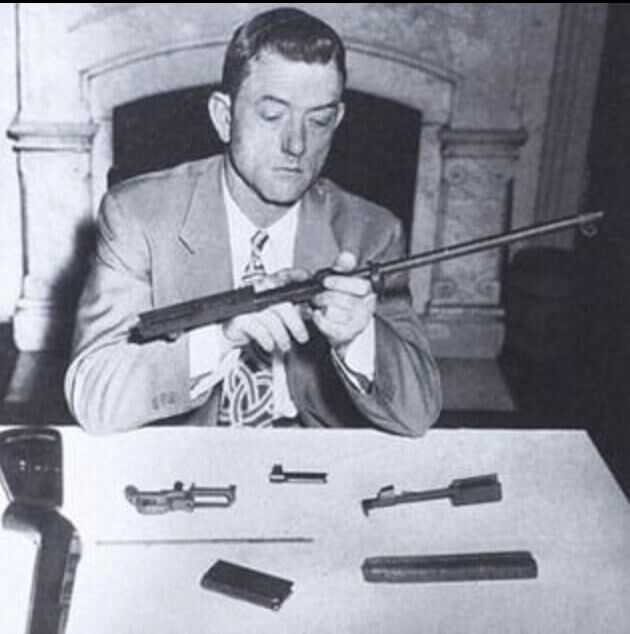
David “Carbine” Williams designed the gas system. Williams was doing time for the murder of a government agent when the warden gave him access to the prison workshop and responsibility for maintaining the guards’ weapons. I can’t really see that happening today.
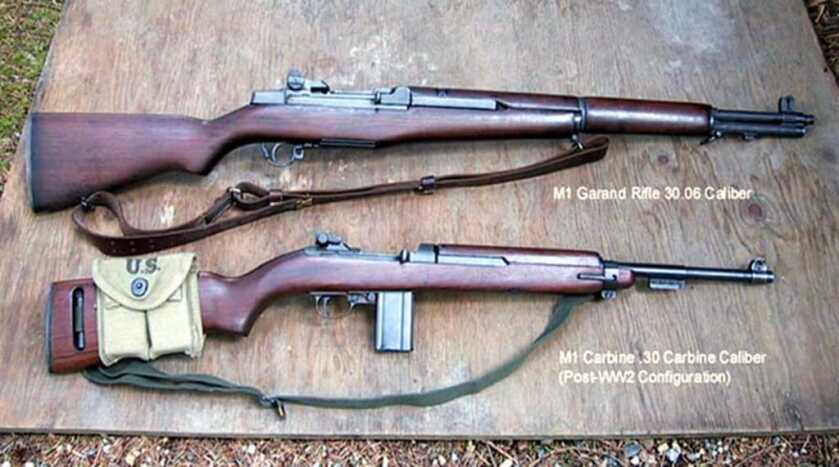
John Browning’s half-brother Ed actually initiated the design. David Williams picked it up after his death. Several companies floated proposals in response to a request from the Army for a new light rifle in 1940. Winchester did not originally plan to participate as they were occupied developing a .30-06 M2 rifle intended to be a follow-on weapon to the M1 Garand. Once they decided to play, Winchester bodged together the M1 Carbine prototype in a mere 13 days.
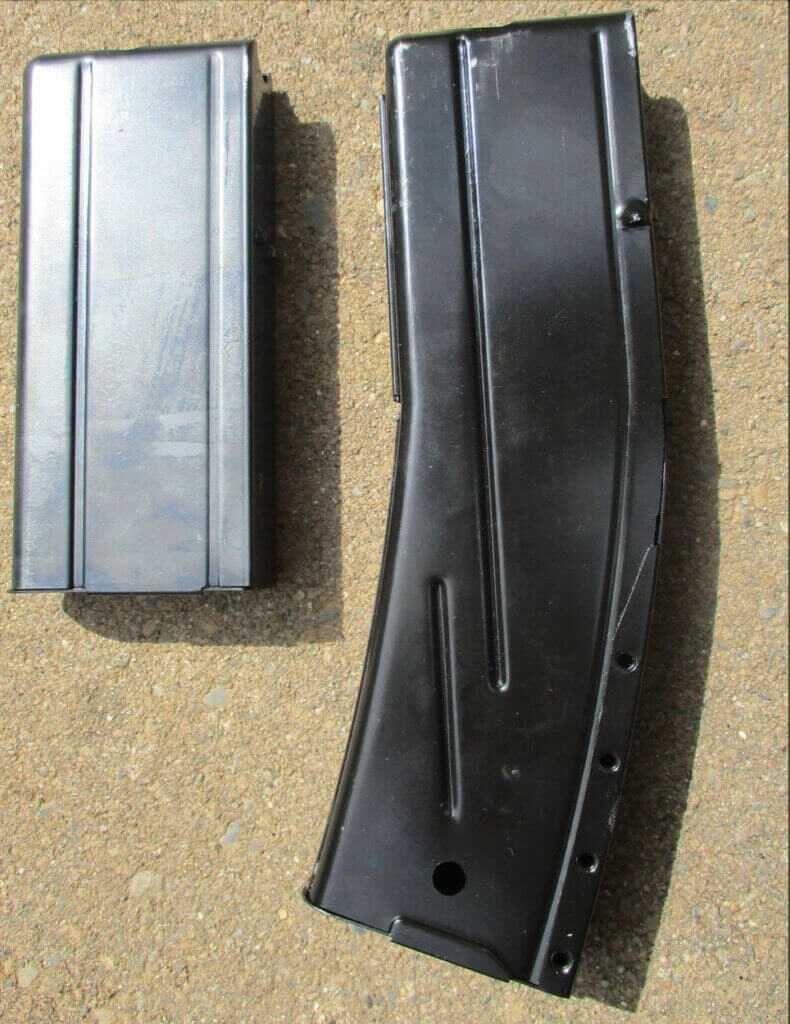
The M1 Carbine fired a 110-grain bullet out of a straight-walled cartridge that looked more like an elongated pistol round than rifle fodder. Through a standard 18-inch Carbine barrel this round flirts with 2,000 feet per second. WW2-vintage Carbines fed from 15-round box magazines, though extended 30-round mags were developed at the very end of the war.

The M1A1 Paratrooper Carbine was developed in May of 1942 for use by Airborne forces. The M1A1 used the same basic chassis fitted with a side-folding wire stock. All 150,000 or so wartime M1A1 Carbines were produced by the Inland Division of General Motors.

The M2 Carbine was the same basic Carbine configured for selective fire operation. Interestingly, the government actually issued T17 and T18 conversion kits that could be used to convert M1 Carbines into the full auto M2 sort in the field. The conversion requires nine parts that can be installed without a great deal of fuss. The M1 Carbine is one of the few semiautomatic weapons in common use in America that can be converted to full auto simply by dropping in parts.
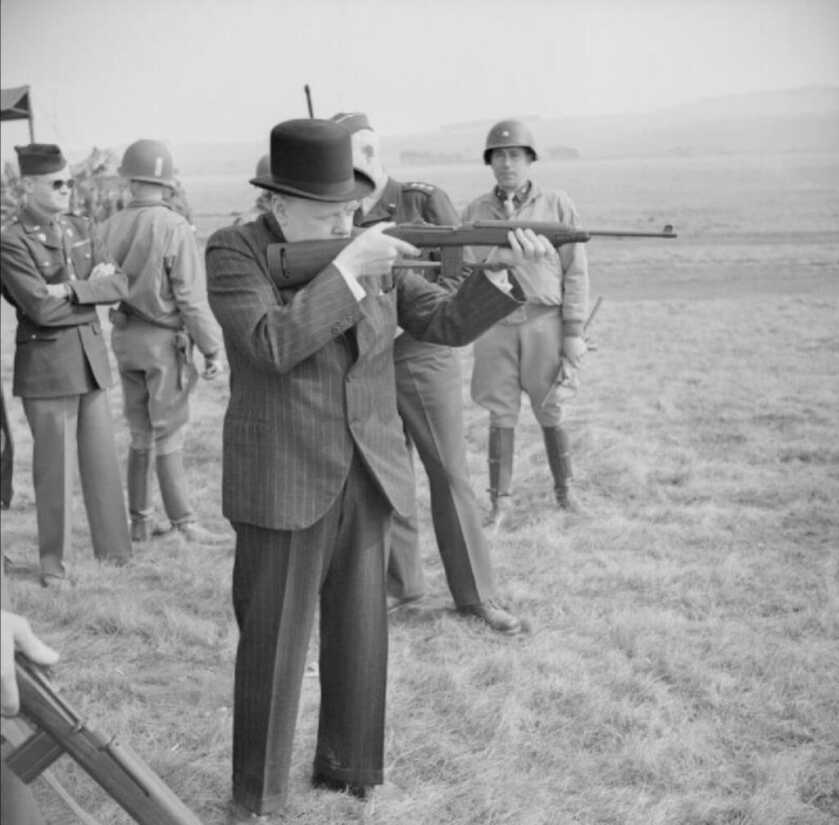
American industry produced some 6,121,309 Carbines via ten major contractors. At the height of production, we were making 65,000 Carbines a day. Once we got spooled up the Axis really never had a chance.
The Rest of the Story
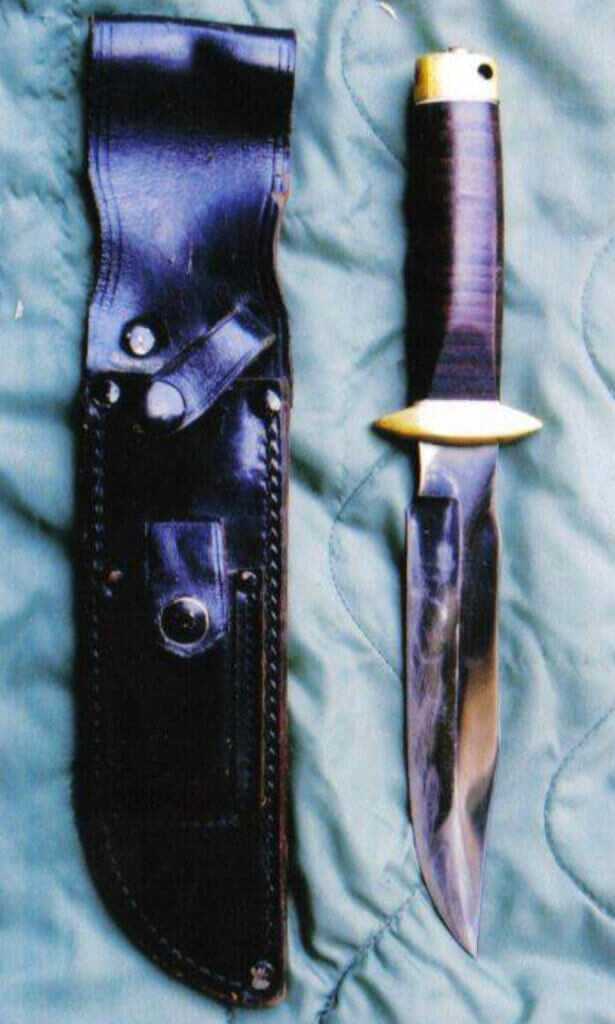
Those first SOG knives featured the technical appellation “Knife, indigenous, RECON, 7.” They are both expensive and highly coveted by knife collectors today. Originals are essentially unobtainable nowadays, and quality replicas command a decent price as well.
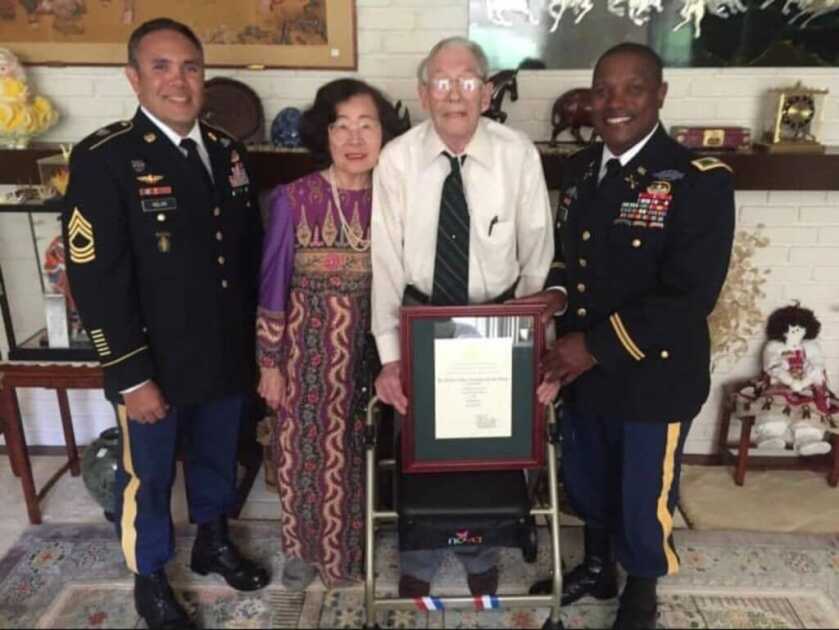
Ben Baker was a dedicated and gifted soldier whose forte was getting the right gear into the hands of those who needed it by any means necessary. Though not technically a special operator himself, he was inducted as an honorary member of the US Army Special Forces Regiment. At the time he was only the 12th non-SF individual to be so honored. He passed away in December of 2019, a legend among American special operators everywhere.


Hello Dr Dabbs
In Eldest Son, if we were modifying enemy munitions, would the mortar not be 82mm
since ours were 81mm?
Thanks
Gordon
I was given a Randall pattern knife by an Uncle that served with
CCS of MACVSOG . Even after all these years , and having been
in “ the Bush “ for an extended period of time , the quality of it
remains exceptional .
I doubt knives are made of such stuff any longer .
In the Fleming books Major Boothroyd was the armorer and not the quartermaster. The movies combined the two into one character after Boothroyd’s one appearance in Dr. No.
Thanks for pointing that out. I made the change.
IIRC, Bond’s Beretta had a skeletonized grip. _That_ must have really lightened the pistol. 8>)